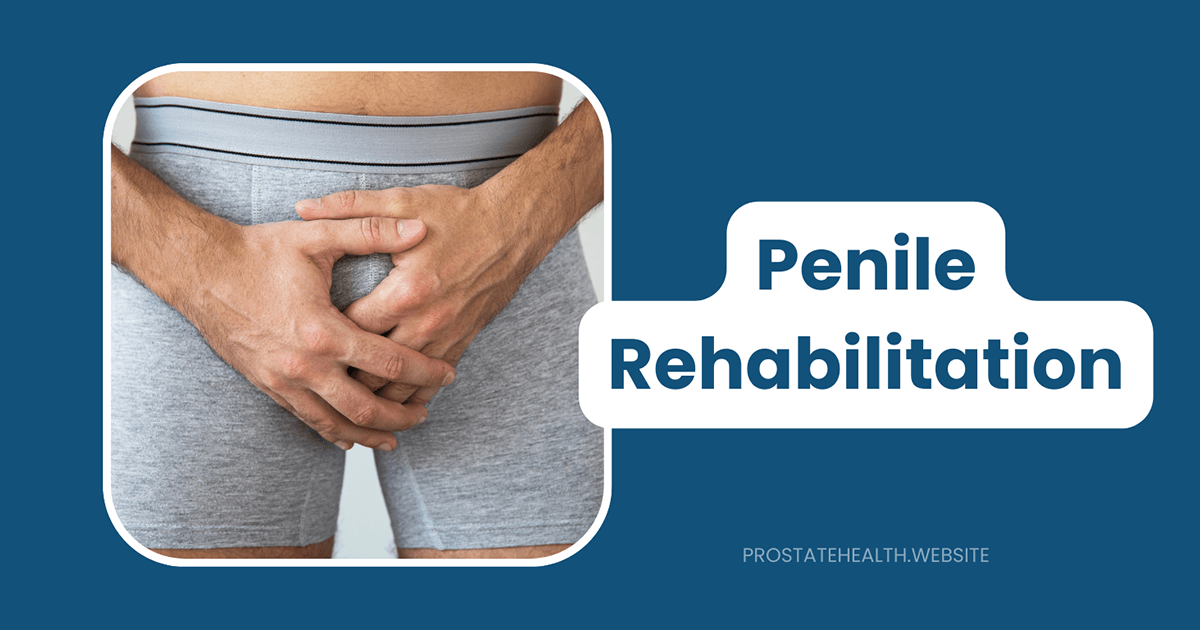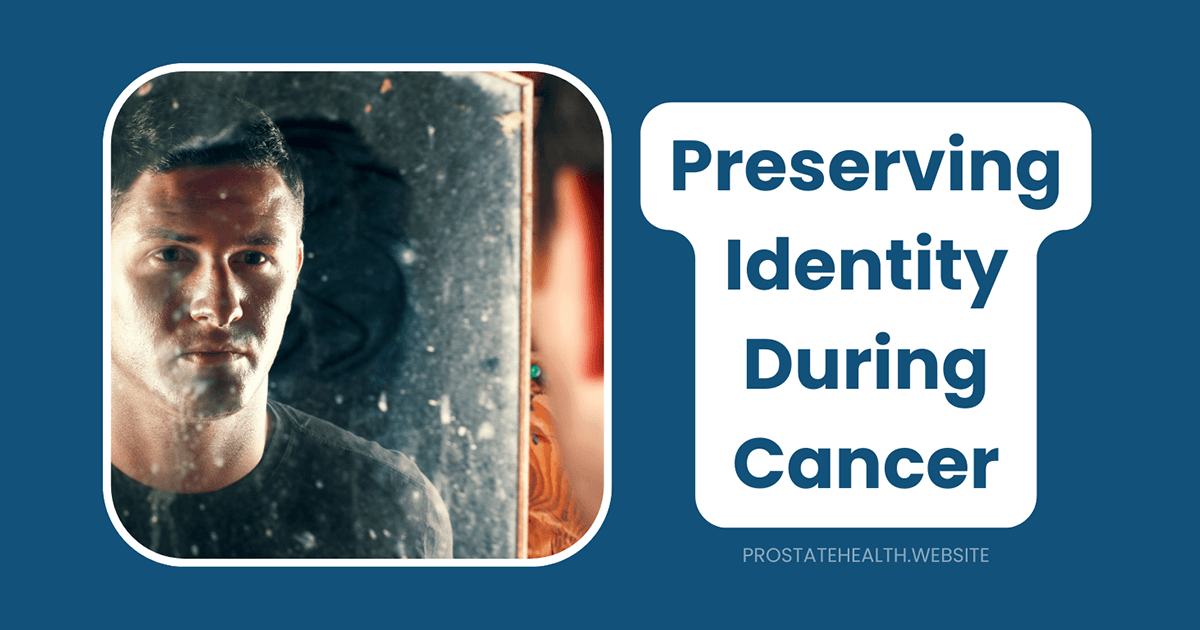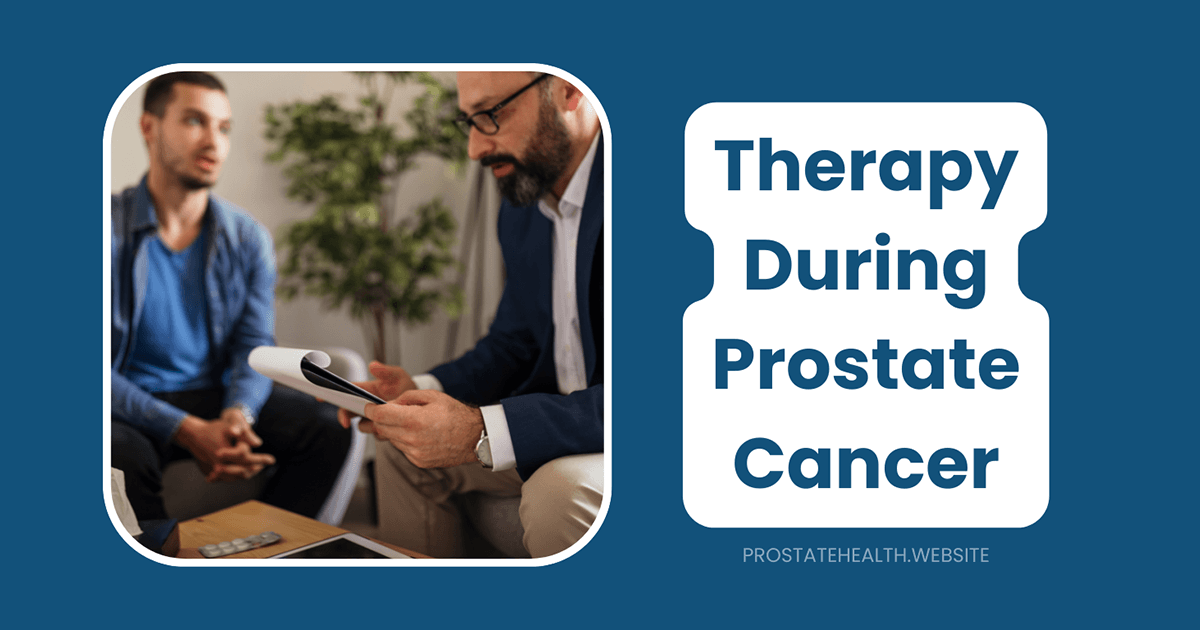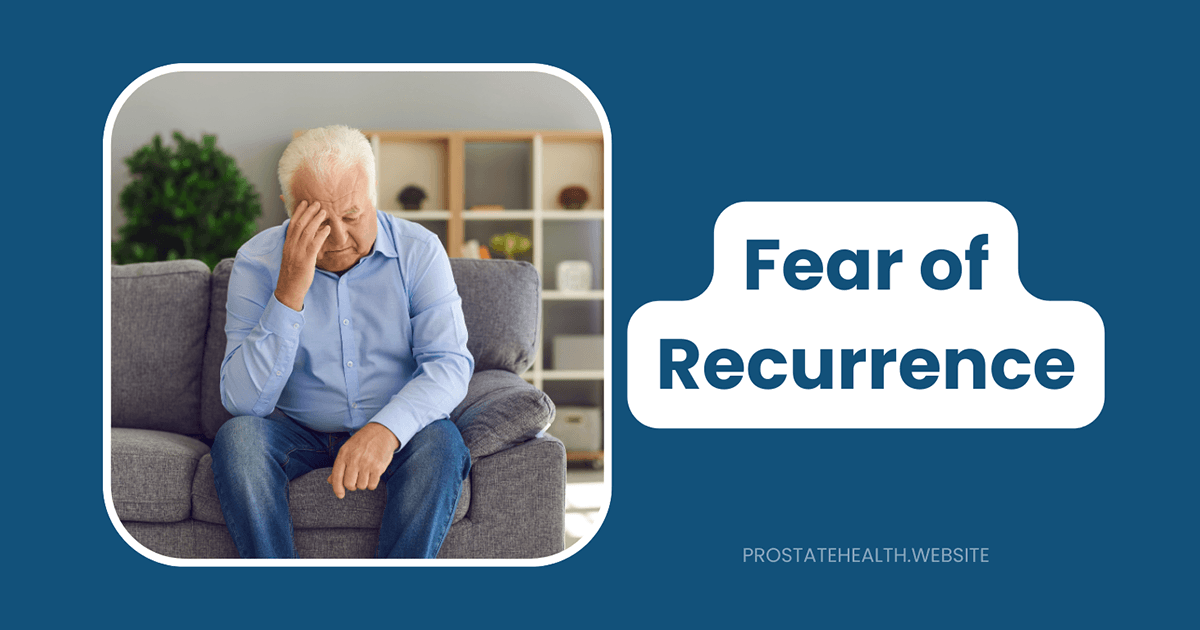Managing Hot Flashes During Hormone Therapy
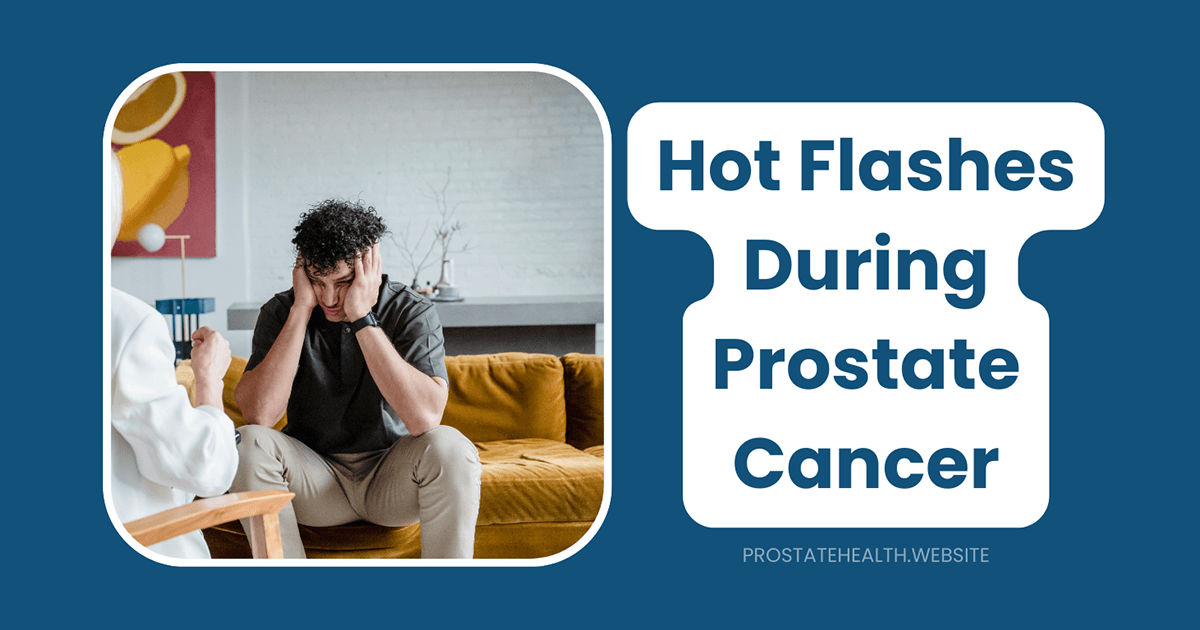
If you’re undergoing hormone therapy for prostate cancer, you’re likely familiar with one of its most common and disruptive side effects: hot flashes. These sudden waves of heat can strike without warning, leaving you sweating, uncomfortable, and sometimes even embarrassed in social situations.
As someone who’s worked with countless men navigating this challenging side effect, I want you to know that you’re not alone—up to 80% of men on androgen deprivation therapy (ADT) experience hot flashes. More importantly, there are effective strategies to manage them and improve your quality of life during treatment.
Understanding Hot Flashes in Men
Before diving into solutions, it helps to understand what’s happening in your body. Hot flashes occur when hormone therapy reduces your testosterone levels, disrupting your body’s temperature regulation system. Essentially, your internal thermostat becomes more sensitive to small temperature changes.
A typical hot flash follows this pattern:
- A sudden sensation of warmth, usually beginning in your face and neck
- Reddening of the skin (flushing)
- Intense sweating, particularly in the upper body
- Sometimes accompanied by heart palpitations, anxiety, or irritability
- A cold or chilled feeling as the hot flash subsides
Dr. James Wilson, oncologist at Weill Cornell Medicine, explains: “Hot flashes in men undergoing hormone therapy can last anywhere from a few seconds to 20 minutes, with varying intensity. Some men experience them just a few times a month, while others may have several episodes daily, including disruptive night sweats that interfere with sleep.”
The Impact on Quality of Life
Hot flashes are more than just a physical inconvenience—they can significantly affect your overall wellbeing:
- Sleep disruption: Night sweats can wake you multiple times, leading to fatigue and irritability
- Social discomfort: Visible sweating and flushing may cause embarrassment in public settings
- Emotional toll: The unpredictability of hot flashes can increase anxiety and stress
- Treatment adherence: Severe hot flashes lead some men to consider discontinuing their cancer treatment
The good news? A comprehensive approach combining lifestyle modifications, medical interventions, and alternative therapies can significantly reduce both the frequency and severity of hot flashes.
Lifestyle Strategies for Managing Hot Flashes
Environmental Modifications
Simple changes to your environment can make a big difference:
- Layer your clothing: Wear light, breathable layers that you can remove easily
- Choose natural fabrics: Cotton, linen, and moisture-wicking materials help manage sweat
- Control your environment: Keep your home and workspace cooler than usual
- Carry cooling aids: Portable fans, cooling towels, or a cold water bottle can provide relief
- Use cooling pillows and bedding: Specially designed bedding can help manage night sweats
Mark, a 67-year-old patient on ADT for two years, shares: “I keep a small, rechargeable fan in my pocket when I go out. When I feel a hot flash coming on, I can discreetly use it without drawing attention. It’s been a game-changer for my confidence in social situations.”
Dietary Adjustments
What you eat and drink can trigger or reduce hot flashes:
Potential Triggers to Limit:
- Spicy foods: Can raise body temperature and trigger flashes
- Caffeine: Coffee, tea, and energy drinks can worsen symptoms
- Alcohol: Even small amounts can dilate blood vessels and trigger flashes
- Hot beverages: The temperature alone can sometimes trigger an episode
- Sugar: Rapid blood sugar changes may worsen symptoms
Beneficial Choices:
- Stay hydrated: Aim for 6-8 glasses of water daily
- Cooling foods: Fruits, vegetables, and foods with high water content
- Small, frequent meals: Help maintain stable blood sugar levels
- Soy products: Some men report benefit from moderate soy intake, though evidence is mixed
Stress Management
Stress is a common hot flash trigger. These techniques can help:
- Deep breathing: Practice slow, deep breaths when you feel a flash coming on
- Progressive muscle relaxation: Systematically tensing and relaxing muscle groups
- Meditation: Even 5-10 minutes daily can reduce stress hormones
- Regular exercise: Moderate physical activity helps manage stress and may reduce hot flash frequency
- Adequate sleep: Prioritize good sleep hygiene to improve overall resilience
Medical Interventions
When lifestyle changes aren’t enough, several medications may help:
Hormonal Options
- Medroxyprogesterone (Provera): Often the first medication tried, typically at 20mg daily for 10 weeks
- Cyproterone acetate: May be prescribed if medroxyprogesterone isn’t effective, usually starting at 50mg daily
Non-Hormonal Medications
- Gabapentin (Neurontin): Originally developed for nerve pain but can reduce hot flash frequency
- Oxybutynin: A 2025 clinical trial showed significant improvement in hot flash symptoms with twice-daily dosing
- Antidepressants: Certain types like venlafaxine and paroxetine may help some men, though results vary
- Clonidine: A blood pressure medication that may reduce hot flash severity
Dr. Michael Chen from Guy’s and St Thomas’ NHS Foundation Trust notes: “It’s important to remember that none of these medications are specifically licensed for hot flashes in men. We prescribe them ‘off-label’ based on clinical experience and research. The benefits must be weighed against potential side effects for each individual.”
Alternative and Complementary Approaches
Many men find relief through non-pharmaceutical approaches:
Acupuncture
Several small studies suggest acupuncture may reduce hot flash frequency and severity. A 2025 review in the Journal of Clinical Oncology found that men receiving weekly acupuncture sessions for six weeks experienced a 35% reduction in hot flash severity compared to control groups.
Cognitive Behavioral Therapy (CBT)
The MANCAN2 clinical trial demonstrated that a structured 4-week CBT program significantly reduced hot flash symptoms for at least six weeks in men undergoing ADT. CBT helps by:
- Changing negative thought patterns about hot flashes
- Developing coping strategies for when they occur
- Reducing stress and anxiety that can trigger episodes
Hypnotherapy
Some men report benefit from clinical hypnotherapy, which may help by:
- Reducing stress and anxiety
- Suggesting cooling sensations during trance states
- Improving sleep quality
Herbal Remedies
While evidence is limited, some men try:
- Sage tea: Traditional remedy for excessive sweating
- Black cohosh: More commonly used for menopausal symptoms
- Evening primrose oil: May help with hormone balance
Important note: Always discuss herbal supplements with your healthcare provider before trying them, as some can interact with cancer treatments or other medications.
Creating Your Personal Management Plan
The most effective approach combines multiple strategies tailored to your specific situation:
Step 1: Track Your Hot Flashes
Keep a diary for 1-2 weeks noting:
- Time of day hot flashes occur
- Duration and severity
- Potential triggers (foods, activities, stress)
- Effectiveness of relief measures
This information helps identify patterns and personalize your management strategy.
Step 2: Implement Lifestyle Changes
Start with the environmental, dietary, and stress management techniques that seem most relevant to your triggers.
Step 3: Discuss Medical Options
If lifestyle changes aren’t providing adequate relief, talk with your healthcare provider about medication options appropriate for your situation.
Step 4: Consider Complementary Approaches
Explore evidence-based complementary therapies like acupuncture or CBT as additional support.
Step 5: Reassess and Adjust
Continue tracking symptoms and adjust your approach based on what works best for you.
When to Seek Additional Help
Contact your healthcare provider if:
- Hot flashes are severely impacting your quality of life despite trying multiple management strategies
- You experience new or unusual symptoms alongside hot flashes
- You’re considering stopping hormone therapy due to hot flashes
- You develop severe night sweats that soak your bedding
Success Stories: Finding What Works
Tom, a 71-year-old who has been on hormone therapy for three years, shares his experience:
“The hot flashes were unbearable at first—I was having 15-20 a day, and night sweats were destroying my sleep. My doctor prescribed medroxyprogesterone, which helped somewhat, but I was still struggling. What finally made the biggest difference was a combination approach: I started acupuncture sessions twice monthly, completely cut out alcohol and spicy foods, and began using cooling pillows at night.
I also found that regular swimming helped tremendously—something about being in cool water seemed to reset my system. Now I’m down to just 3-4 mild flashes a day, and I rarely have night sweats. It took some trial and error, but finding the right combination of approaches has made hormone therapy much more tolerable.”
The Bottom Line
Hot flashes are a common and challenging side effect of hormone therapy, but they don’t have to dominate your life. With a thoughtful, multi-faceted approach, most men can significantly reduce both the frequency and intensity of hot flashes.
Remember that what works best varies from person to person. Be patient with yourself as you try different strategies, and don’t hesitate to discuss persistent symptoms with your healthcare team. They can help you find the right balance between effectively treating your cancer and maintaining your quality of life during treatment.
Have you found particular strategies helpful in managing hot flashes? Share your experiences in the comments below.

